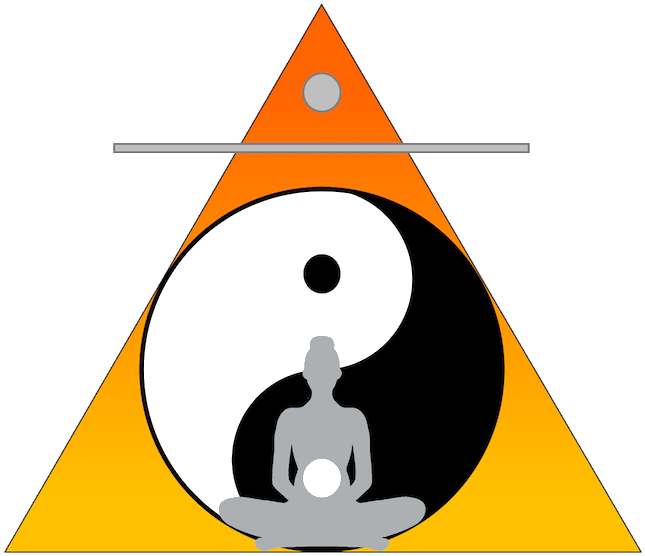FAQ
Most frequent questions and answers
The reality is there are a lot of similarities. When you consider all the ancient practices and the geographical and political changes, all yoga, meditation and martial arts have influenced one another. Sun Do is an internal martial art, a yoga practice and a meditation practice, so we bring in all these elements. The difference is that our practice is fundamentally grounded on three phases of xi and meridian theory from which postures and breath are derived. Sun Do also exercises the internal organs, strengthens the body and incorporates the spiritual aspects of Taoism.
Anyone is welcome to join us for a class and a class leader will greet you. You will be invited to join us for warm-up exercises and cool-down exercises. During the breathing and meditation part of the practice, you will be instructed on the proper breathing. Depending on your ability, you may be guided in a few of the postures for level one. We highly encourage everyone new to Sun Do to take our intro class before joining as a member.
The right number will vary from person to person. Minimally, one should practice once a week. Many find multiple practices a week very beneficial. There are life circumstances that may cause one person to reduce their practices while another person with the same issues may increase theirs. The key is to pay attention to what is going on for you. In time, you will develop a flow to your practice. After years of practice, Sun Do becomes your life and life is the practice.
Practicing on your own is a great way to supplement practicing with others. However, it should not be your sole practice. Practicing in community creates a summative energy that bathes over and enhances the practice of all present. We build a community through which we can share resources with each other, seek guidance on postures or issues that arise, and connect in the spirit of healing.
Sun Do means the ultimate truth in the universe.
Wearing the uniform brings a focus, concentration, purpose and connection to the practice. The colors are related to yin (blue) and yang (red). The belts are part of the uniforms and have three functions: a) they give feedback about breath; b) they indicate practice level, and thus, who the senior teachers or students are; and c) the colors are associated with the five energies of Oriental philosophy and indicate the level of energy within a level of postures.
There are complementary healing practices to Sun Do, for example acupuncture. However, moving around from one form of healing to another without giving any particular one a chance to work, creates scattered energy…internal chaos. True and deep healing takes times and patience. Sun Do builds internal energy, creates deep healing and increases focus. With a regular practice, one can benefit greatly from Sun Do.
It is always important to pay attention to your capabilities and limitations and to practice without comparison with others, judgment of self, or attachment to outcome. You can modify any exercise or posture in the practice. Instructors or student leaders can assist you with these modifications.
Within the posture sequences, do not sacrifice proper breathing for form. Modify the posture and, in time with proper breathing, its form will develop.
This will vary person to person as each person will start the practice with his or her own physical, emotional and cognitive history and experiences. As a rule of thumb, any physical or emotional injury that is unresolved, still remains within the body and can be healed through Sun Do by bringing qi into the body. During this process, the student may notice slight increases in discomfort as the body integrates and reorganizes in a healthier way. Other changes may be increased or decreased appetite, heightened sensitivity, QI changes, trembling and vibrations related to trauma recovery as well as all the benefits previously stated.
